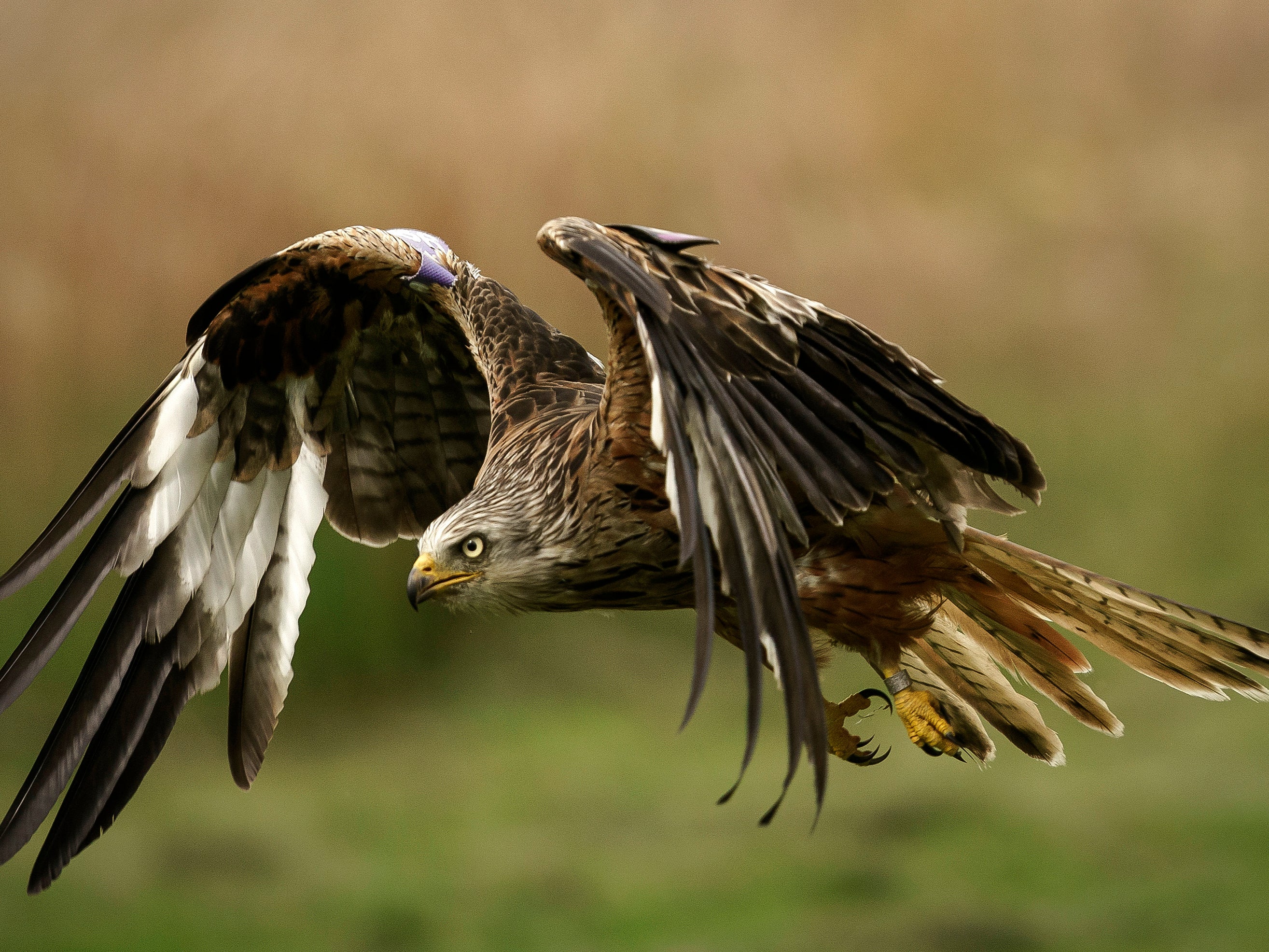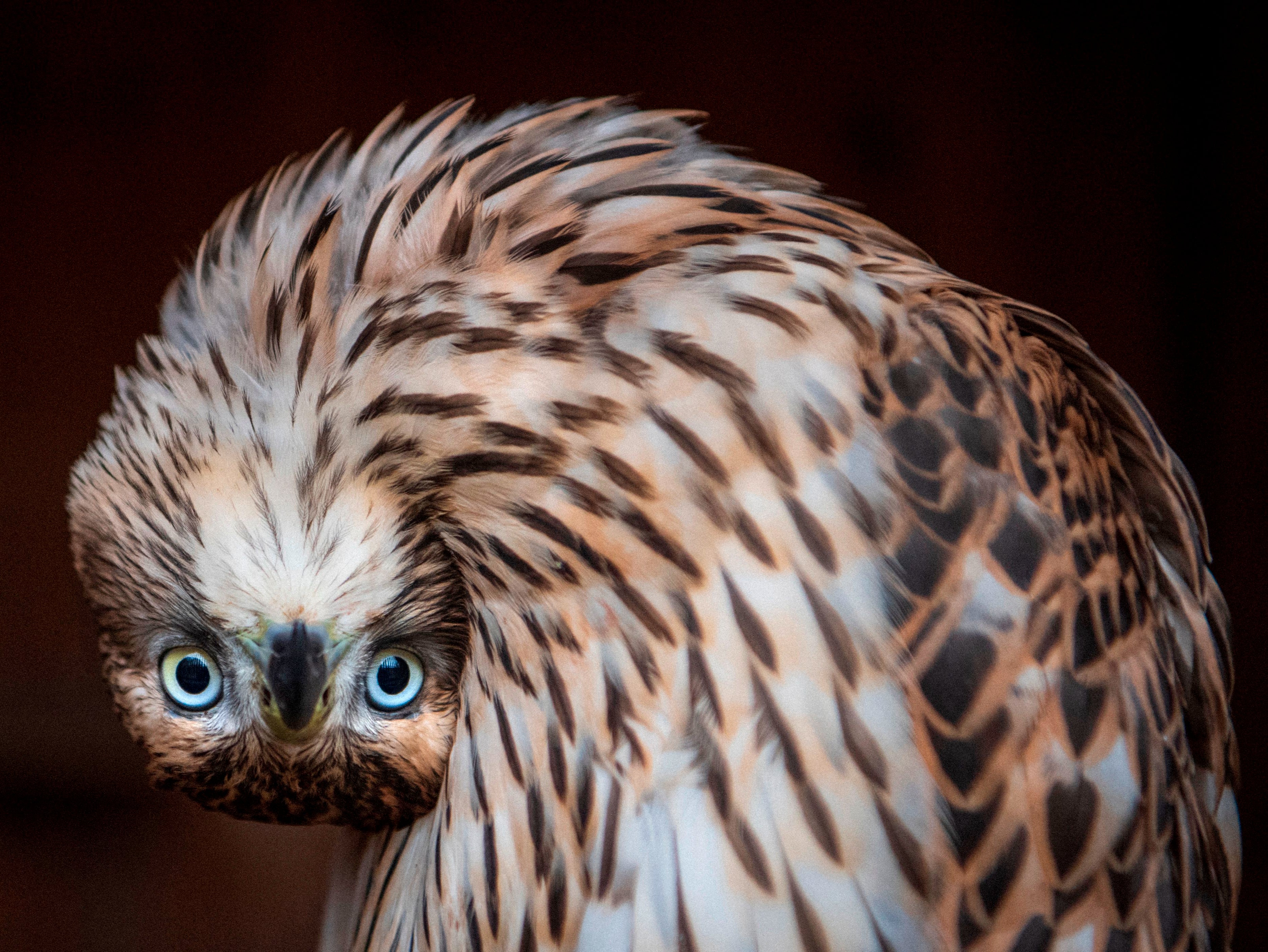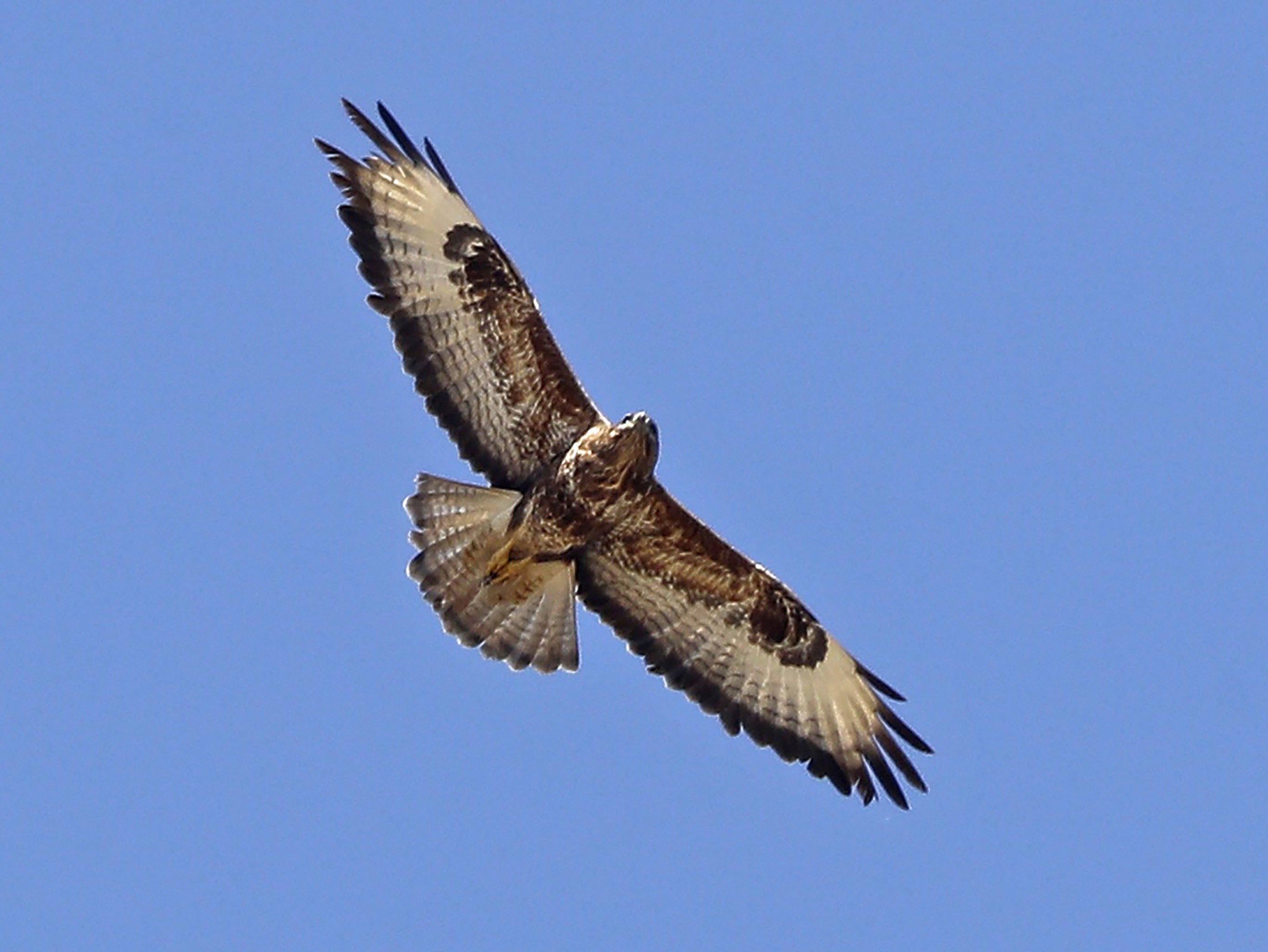Birds of prey populations in Europe ‘suppressed by lead poisoning from hunters’ gun ammunition’
Skies have tens of thousands fewer raptors because of lethal levels of metal over a century, reports Jane Dalton


Europe’s birds of prey population is 55,000 lower than it should be because of the use of lead shot by hunters to kill animals that raptors eat, scientists have calculated.
Poisoning from lead ammunition has left populations of many raptors far lower than they should be, according to the first study of its kind.
The lead author said the continued blanket use of lead gunshot meant that “hunting as a pastime simply cannot be considered sustainable unless things change”.
When birds such as eagles and red kites scavenge on carcasses of deer, rabbits, ducks and wild boar that hunters have shot - or eat injured animals with fragments of toxic lead in their bodies - the poison may cause the bird a slow, painful death.
Smaller doses have been shown to alter the behaviour and physiology of raptors, scientists say.
Using lead shot is legal in the UK, except for on foreshores and wetlands, and to target ducks and geese, coot and moorhens, but it is known to pose a risk to anyone eating game birds.
The government is planning to ban its use because of the risk to human health, after voluntary efforts by UK hunting groups to curb its use have had “almost no effect”, researchers said.
But some hunting groups oppose a ban, arguing trials of alternatives have not finished.
In the new study, University of Cambridge experts looked at lead levels in the livers of at least 3,000 raptors found dead in more than a dozen European countries to work out how lead shot has affected numbers.
They estimated that, for 10 raptor species, poisoning from lead ammunition alone has led to an absence of around 55,000 adult birds from the skies.
Plans are in place to implement a full ban
Eagles are worst hit by lead poisoning because they rear few young each year and breed later in life, they found.
But numbers of UK favourites the common buzzard and red kite would be also significantly higher were it not for lead ammunition.
Europe’s white-tailed eagle population is 14 per cent lower than it would have been without more than a century of exposure to lethal levels of lead, according to the study, published in Science of the Total Environment.
This is closely followed by the golden eagle and griffon vulture, with populations 13 per cent and 12 per cent lower. Northern goshawk numbers are 6 per cent lower, and both red kite and western marsh harrier populations are 3 per cent smaller.

Without lead, there would be almost 22,000 more adult common buzzards, say the researchers, who worked with the Leibniz Institute for Zoo and Wildlife Research.
The scientists, who say their estimates are conservative, argue that alternatives to lead are widely available and work well.
The authors have previously found that over 99 per cent of pheasants killed in the UK are still shot with lead, despite hunting groups urging members to phase out non-toxic gunshot between 2020 and 2025.
“The continued blanket use of lead ammunition means that hunting as a pastime simply cannot be considered sustainable unless things change,” said lead author Prof Rhys Green, of the University of Cambridge and the RSPB.

“The kinds of reductions in raptor populations suggested by our study would be considered worthy of strong action, including legislation, if caused by habitat destruction or deliberate poisoning.”
Denmark and the Netherlands have banned lead shot, and Denmark plans to also ban lead rifle bullets.
TV wildlife presenter Chris Packham said the findings were “shocking and depressing”. He told the i paper: “What is it about the UK shooting mindset that refuses to recognise how dangerous this is and make changes when other parts of the world say, ‘Christ, yeah – we’d better change that’?”
A government spokesperson said: “Plans are in place to implement a full ban and the government will set out proposals for next steps in spring. This will mark a significant move forward in helping to protect wildlife, people, and the environment.”







Join our commenting forum
Join thought-provoking conversations, follow other Independent readers and see their replies
Comments